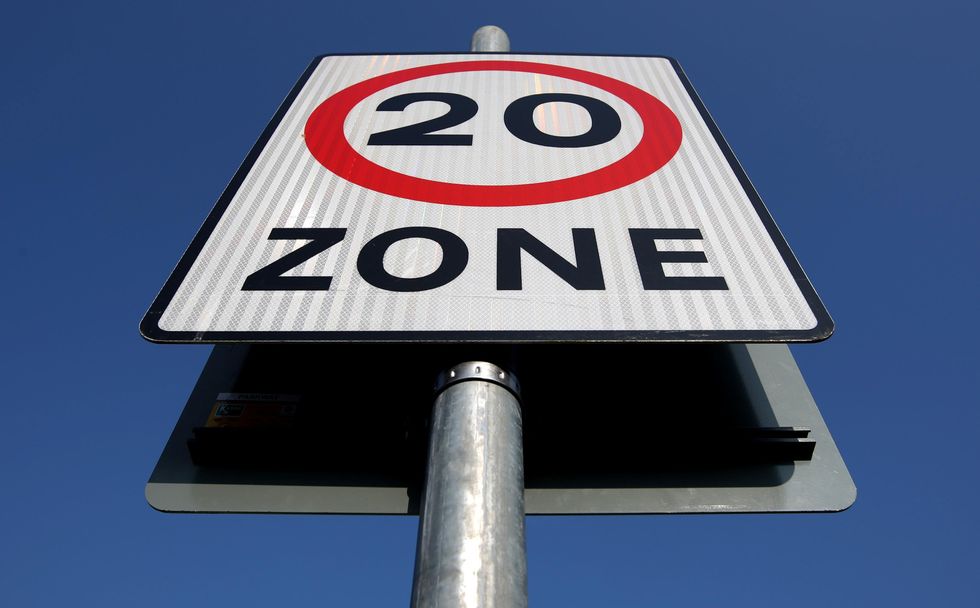Scotland is set to roll out 20mph speed limits across the country after receiving £14million in funding which is being allocated to local authorities.
Transport Scotland has published a new 20mph Implementation Guide to support these efforts, aiming to ensure a “consistent approach” to implementing lower speed limits.
The scheme aims to protect pedestrians and cyclists at key locations throughout Scotland. To support these efforts, Transport Scotland has published a new 20mph Implementation Guide.
The initiative is part of a broader £36million investment in road safety for the current financial year.
Do you have a story you’d like to share? Get in touch by emailing[email protected]
 Motorists can be fined £100 for driving faster than 20mphPA
Motorists can be fined £100 for driving faster than 20mphPAAll 32 of Scotland’s local authorities will receive support to implement schemes designed to protect pedestrians and cyclists.
Transport Scotland’s new 20mph guide outlines assessment criteria for identifying suitable roads for speed reduction. The guidance states that reducing vehicle speeds is especially important in areas with high volumes of vulnerable road users.
Key criteria include proximity to educational settings, residential or retail premises, and areas of public interest. Roads within 100 metres of schools or community facilities are considered suitable for 20mph limits.
The guide emphasised that all 30mph roads are presumed appropriate for lower speed limits, with some exceptions. A and B Class roads with little frontage activity may remain at 30mph.
The guide states: “Will the surrounding environment and the community be improved by a lower speed limit of 20mph e.g. quality of life, social cohesiveness, severance, noise, or air quality, active travel?”
Local authorities are encouraged to use their knowledge and community feedback when assessing roads.
The implementation of 20mph zones could bring significant benefits to Scottish communities. In 2023, a high percentage of casualties involving pedestrians (65 per cent) and cyclists (61 per cent) occurred on 30mph roads.
Transport Scotland emphasised that road safety is a shared responsibility among all road users, designers, and operators.
Transport Secretary Fiona Hyslop explained that the Scottish Government’s commitment to road safety, she said: “Road safety is a top priority for the Scottish Government, which is why we are making a record investment of £36million this financial year toward initiatives that reduce road casualties.”
The remaining £10million of the £14million local roads fund will be allocated through the Road Safety Improvement Fund to support critical safety schemes.
Hyslop added: “Our goal of making Scotland’s roads the safest in the world by 2030 is unwavering.”
Meanwhile Ewan Wallace, chair of the Society of Chief Officers for Transportation in Scotland, welcomed the funding: “The allocation of RSIF budget allows us to deliver physical work and provide education and training to our key people.”
LATEST DEVELOPMENTS:
The report noted that implementing 20mph speed limits in a “pragmatic and measured way allows for appropriate roads to be monitored and evaluated on their effectiveness and it helps to identify if the road is credible and self-enforcing which will reduce the need for police enforcement”.